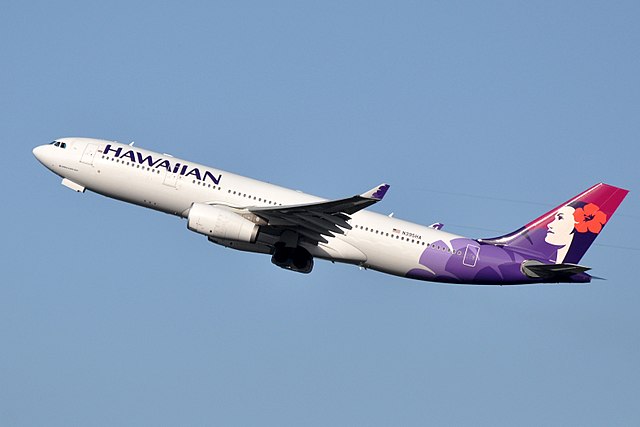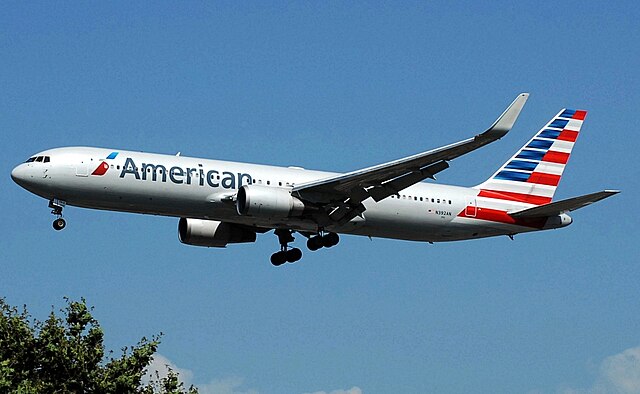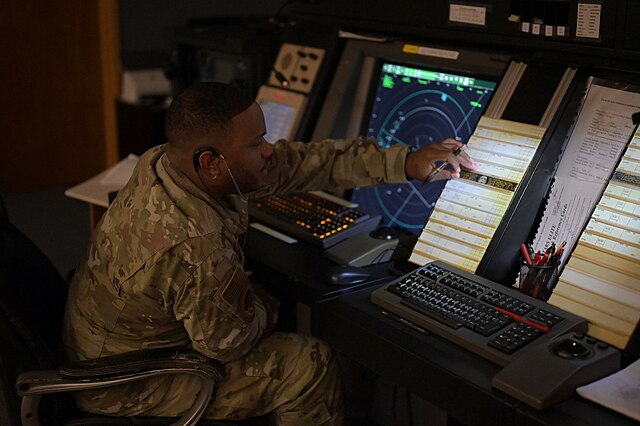The US is a power plant in the aviation field. From accommodating airplanes from different airports to manufacturing aircrafts operated by the whole world and making the first ever modern aircraft. Taking a flight in this nation is also secure. This article will show the five figures that highlight the scale of commercial aviation in the US.
10,000,000+ scheduled passenger flights per year
The specifications of where, when and how often passengers fly are given by the Federal Aviation Administration (FAA). In the United States, ten million booked passenger flights are carried out annually. However, carriers like American Airlines, Delta Air Lines, Southwest Airlines, etc. are the domestic airlines with the maximum number of passengers in the US though a few Mexican carriers are included in the category of foreign airlines with the top number of flights to the US.
| Airlines | US departing flights: January-June* | General departures everyday (min, max)** |
| British Airways | 7,737 | 43 (30, 48) |
| AeroMexico | 8,124 | 45 (34, 57) |
| WestJet | 9,786 | 54 (34, 68) |
| Volaris | 10,243 | 57 (50, 66) |
| Air Canada | 35,170 | 190 (173, 209) |
*non-stop as of each way from January 25
**each way
According to the US DOT data, these are the two longest flight paths in the US:
- Delta Air Lines introduced New York JFK-Honolulu in 2014 which is the second largest domestic flight path in the US that is 4,983-mile (8,020 km) long. It is Hawaiian’s third longest route network wide.
- Hawaiian Airlines initiated Honolulu-Boston in 2019. It is 5,095-mile (8,199 km) long and is the longest continuous local flight passenger service flight path in the US.

Beyond five million square miles of regional airspace
| Regional airspace | 5,300,000 square miles |
| Oceanic airspace | 24,100,000 square miles |
The United States has 5,300,000 square miles of regional airspace, in contrast to the total area of 3,796,742 sq miles of 48 adjoining states and the District of Columbia. Moreover, the US has an oceanic airspace of 24,100,000 square miles.
The FAA is actively making adjustments for their upgraded airspace systems starting a new initiative called The Next Generation Air Transportation System (NextGen). The initiative has an objective to reduce carbon emissions with other changes in the aviation industry, as announced by the FAA:
“We engage with the public and share practices with the aviation community to accelerate the adoption of innovative technologies. The FAA and its partners have implemented new technologies and capabilities, which are leading to a new way of managing air traffic known as Trajectory Based Operations (TBO).”
The FAA’s initiative regulates Traffic Management Initiatives (TMIs-which rescues aircraft when a certain point is jammed) where the aviation’s governing team said:
“Our modernization initiative enables a more flexible — yet robust and resilient — aerospace infrastructure that ensures the safe introduction of non-traditional aviation, such as commercial space transportation and advanced air mobility.”
45000 everyday flights
| Number of flights | 16,405,000 |
| Number of passengers flying in-out of US airports daily | 2,900,000 |

In the US, 45000 flights everyday mean 16,405,000 annual flights and 2,900,000 people daily eventually 87% of the US population have flown. However, statistics tell us that 80% of the people have never taken a flight in this universe. Based on the data of 2021, Asia pacific owned the biggest share of the aviation industry in 2021 and the US carried the greatest number of passengers, 926.74 million in 2019. It was also found that men travel more than women, but women spend more time traveling. A journalist for simple flying, the population in certain states of the US is equal to the people flying 45,000 daily flights, Aaron Spray reports that:
“Every day, FAA’s Air Traffic Organization (ATO) is responsible for providing service to over 45,000 flights and some 2.9 million airline passengers (equal to the populations of Mississippi and Kansas). The FAA is monitoring and directing 5,000 flights at any given minute during the peak operational times (the rush hour of the skies). The numbers drop off between 5:00 and 11:00 GMT (or 01:00 and 7:00 EST) when the number of aircraft in the sky falls below 1,000.”
Additionally, his viewpoint with the numbers and before and after the pandemic:
“In 2019, there were a total of 1,057,645,399 air passengers – this halved during the Covid years (2020 and 2021) but had recovered to 917,029,842. For comparison, the population of the United States is approximately 330,000,000. By comparison, around 590 million Chinese fly every year, according to Ceic Data.”
More than 20 air route traffic control centers
| Air route traffic control centers | 21 |
| Air traffic controllers (ATCs) | 14000+ |
Due to heavy traffic flights in the US, air traffic controllers are also needed in huge numbers. It indicates that the 21-air route traffic control centers and 14000+ ATCs have a significant role in commercial aviation in the US. An ATC is also paid exceptionally well in the US. There had been an accident due to the fatigue of an ATC so we can know how essential an ATC in the aviation industry is. The median hourly wage for an ATC in the US is $63, while the average salary for one is $130,000. States like Georgia, Illinois and New Hampshire get paid 136,000$-147,000$ yearly although ATCs get paid between 60,000$ and 200,000$ in the US.
Ground Delay Programs (GDPs) are being carried out regardless of the massive quantity of air traffic controllers, dealing with air traffic management in the aviation community.

Hundreds of billions into the economy of the US
| Yearly annual earnings from aviation | $488 billion |
| Contribution to the GDP | 5.2% |
| Number of jobs generated | 10,857,000 |
The economy of the US depends upon the splendid number of flights(daily/yearly), the stunning number of people who fly in the US and the crowded routes. Yearly annual earnings of almost half a billion and exceeding 1.7 million jobs generated by the aviation industry wrap up the tremendous scale of commercial aviation in the US. IATA divides the number of jobs given by the aviation industry in the US according to the several industry branches:
“Aircraft manufacturers, and air navigation service providers employ 2.2 million people in the United States. In addition, by buying goods and services from local suppliers the sector supported another 1.7 million jobs. On top of this, the sector is estimated to support a further 1.3 million jobs through the wages it pays its employees, some or all of which are subsequently spent on consumer goods and services. Foreign tourists arriving by air to the United States, who spend their money in the local economy, are estimated to support an additional 1.3 million jobs….”
Here is contribution of aviation to the economy analyzed by the IATA:
“The air transport industry, including airlines, and its supply chain, are estimated to support US $641 billions of GDP in the United States. Spending by foreign tourists supports a further US $138 billion of the country’s GDP…”
19,663 airports: 5082 public and 14,551 private
The US can be considered as the aviation capital of the globe though it has huge number of about 20,000 airports- roughly 5000 are public however the remaining are private. The US has almost four times as many airports as Brazil, the country with the second-highest airports. As stated by the CIA factbook, the following table displays the approximate number of airports in other countries:
| Nations | Number of airports |
| Austrailia | 2,180 |
| Mexico | 1,485 |
| Canada | 1,435 |
| United Kingdom | 1,043 |
The United States has the most stunning airports like Teterboro airport, which is the busiest private airport in the US and Aspen airport. Airports in the US are built with exceptional safety records while there are also some of the dangerous airports in the world like Mingbo airport where fierce wind caused turbulence on the aircrafts, but it has been shut down recently.
